Exploring Cerro Castillo National Park
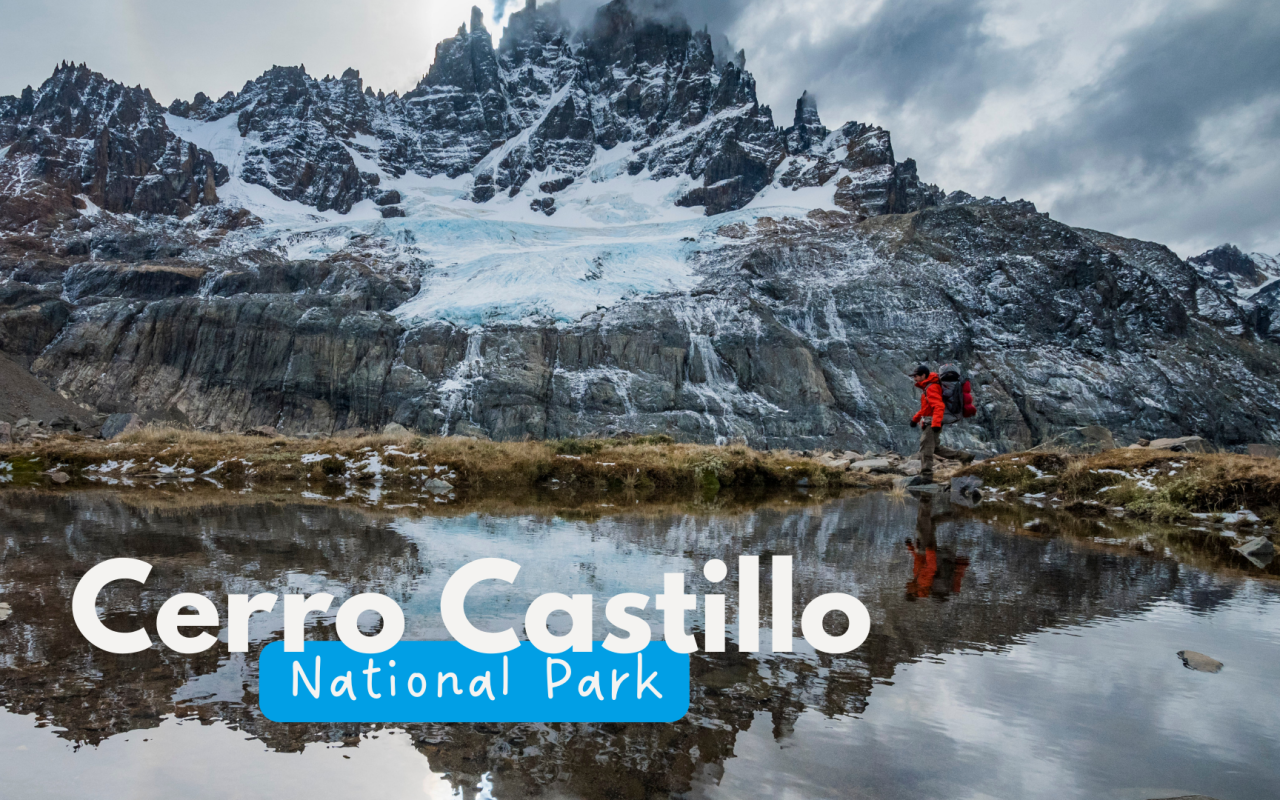
This park, initially established as a National Reserve in 1970 and upgraded to National Park status in 2018, saw this change strengthen the protection afforded to this wilderness area and positioned it as a prominent destination for biodiversity conservation in the Chilean Patagonia, recognized internationally.
Subantarctic Forest
In the park, emblematic landscapes can be found, such as the vast expanses of Nothofagus forest at the foot of the imposing granite massif that dominates the horizon and gives the park its name. This subantarctic forest dazzles visitors every year with its changing colors as the seasons transition.
This, along with the majestic summit of Cerro Casillo and its surrounding peaks, creates a dramatic and spectacular landscape that leaves visitors in awe, regardless of the time of year they visit the area.
Additionally, the protected area of the park includes glaciers and crystalline lakes of glacial origin, which complete the magic of the park, giving it the characteristic landscape for which the Chilean Patagonia is renowned.
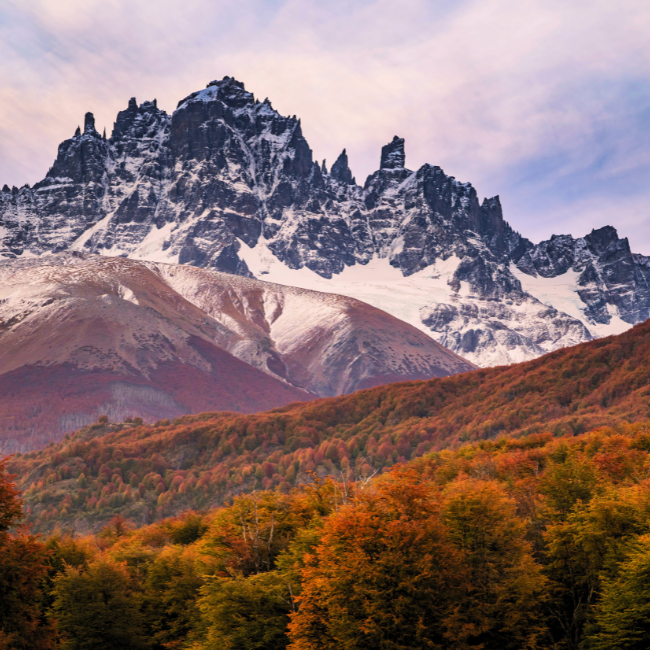
Active Exploration
Currently, visitors to the park can enjoy a wide range of outdoor activities for all tastes and skill levels. These range from hiking and mountaineering to sports fishing and wildlife observation.
Well-marked trails offer opportunities to explore the park's most remote corners, while strategically located viewpoints provide panoramic views of the surrounding landscapes. Some of the most popular trekking trails include:
- Parada Stream Trail: This easy difficulty trail traverses a beautiful glacial valley and offers views of Cerro Torreón.
- Cerro Castillo Lagoon Viewpoint Trail: This is of medium difficulty and offers impressive views of Cerro Castillo Lagoon and the granite massif of Cerro Castillo.
- Las Horquetas Traverse: This high difficulty trail crosses the heart of the park and offers spectacular views of the Andes Mountains.
Some of the most popular mountaineering routes include:
- Cerro Torreón: This is a mountain of lower height that offers a more accessible rock climbing route.
- Paredón de los Manos: A medium difficulty rock climbing route with impressive valley views.
- North Needle of Cerro Castillo: A high difficulty rock climbing route that requires experience and specialized equipment.
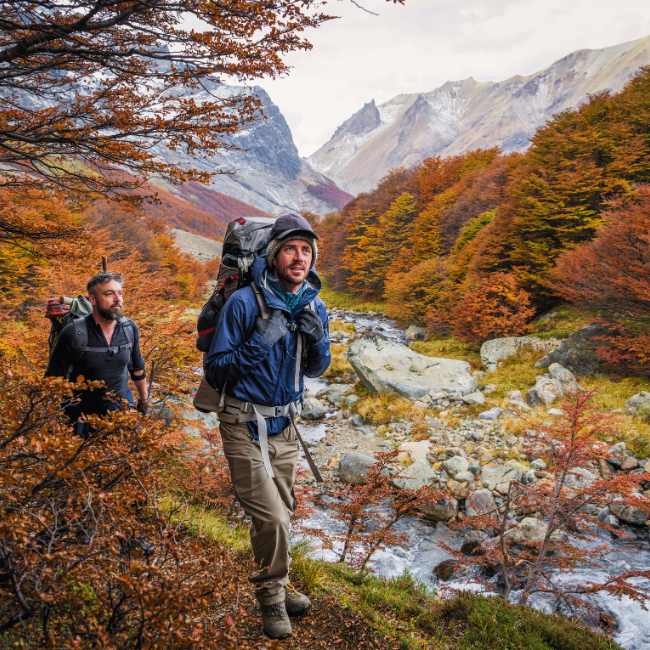
Preps for the Adventure
For those wishing to venture into this place, it is crucial to keep in mind that the park is about 57 km south of Coyhaique on the Carretera Austral, and its main entrance is at Laguna Chiguay, where the park administration is also located. Another option is to access from Villa Cerro Castillo to explore the trail that leads to the lagoon of the same name.
It is essential, before embarking on the adventure, to consider some logistical and climatic details. Therefore, it is essential to travel prepared with suitable clothing for the local climate, which is characterized by being temperate and rainy. Additionally, one must not forget to bring sturdy hiking footwear, sunscreen, insect repellent, and enough water and food for the excursion.
It is important to note that the park's weather can change rapidly, so it is recommended to check the weather forecast before engaging in any outdoor activities in the park.
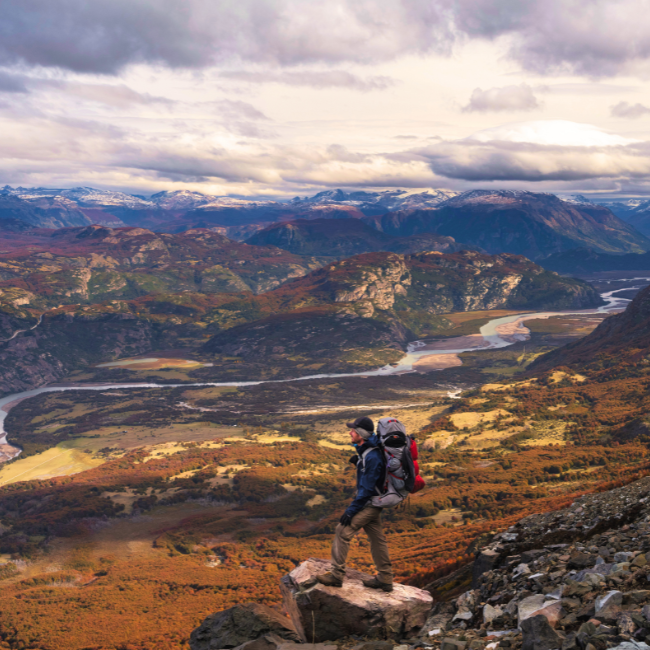
Preserving Natural Beauty
It is essential for visitors to respect the park's rules to ensure its conservation. The extraction of flora or fauna is prohibited, as well as making fires outside of designated areas. This focus on preservation ensures that Cerro Castillo National Park remains a natural treasure for future generations.
Cerro Castillo National Park plays a crucial role in the preservation of the huemul, the largest endemic deer of Chile and Argentina and a national symbol of Chile, which unfortunately is endangered, and sightings are becoming increasingly scarce in other regions of the country. Despite this tragic scenario for the species, it has found a refuge in this park where the largest population of the species now resides.
For this reason, huemules can be easily spotted among the park's vegetation, highlighting the importance of this protected area for their conservation. For this reason, it is common to find traffic signs warning about the presence of these animals on the park's roads, reminding us of the importance of driving with caution and responsibility, always keeping our eyes on the road.
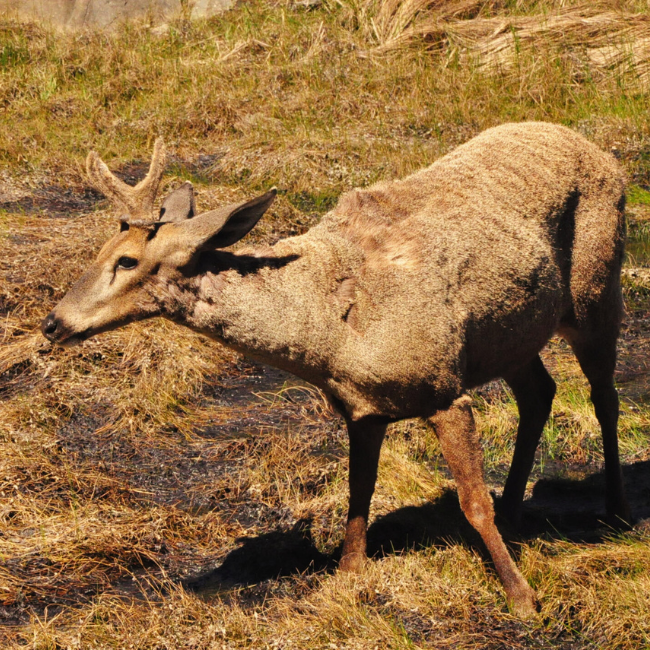
Categorías - Route Patagonian Parks - Adventure - Nature - Parks - Nature